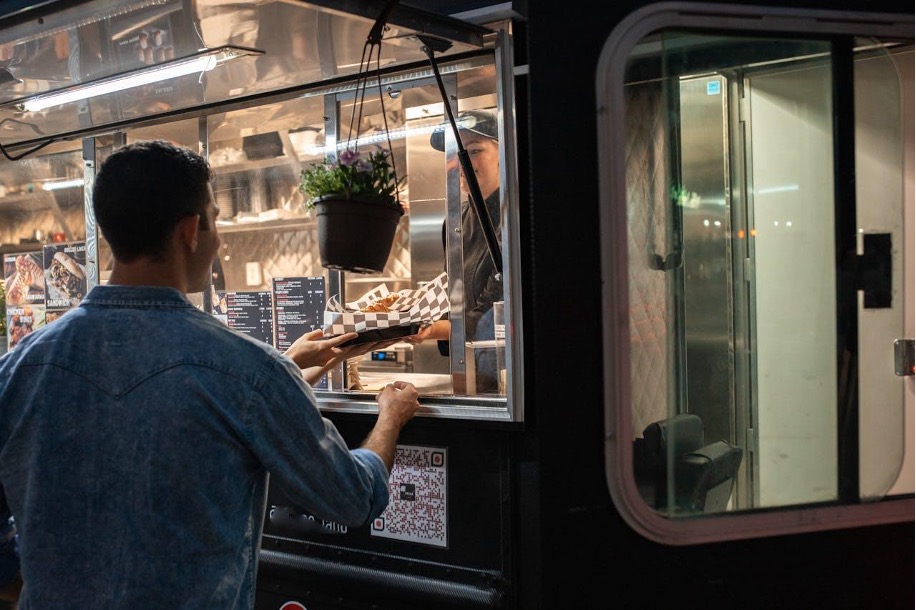Having a single restaurant is enriching in itself. For many owners, though, the long-term goal is to expand to new locations. Scaling your business in this way requires a strategic approach to ensure you’re making smart choices and setting your eateries up for success.
There are various areas to focus on as you start to explore the potential for your eatery to develop into a multi-location brand. So, let’s take a look at some of the key components to consider.
Market Research
The last thing you want is to expand to a location that isn’t a good fit for your brand. This means you need to do some market research. A solid foundation of facts that back up the expansion is a big part of getting buy-in from stakeholdersin your business. If you’re able to show visualizations that demonstrate the viability of your new location based on market trends, it’s much more likely to happen.
One of the things you need to understand is what the competition is like in locations you’re considering. You can do this by looking at the websites and reviews of restaurants in the area. See if there are gaps in the market that your brand could fill. This doesn’t just have to be about food, either. There might be a need for restaurants with great customer service or high-quality dining experience.
Additionally, online surveys are a good way of understanding diners’ needs and preferences. You can start by sending some exploratory surveys to your email list or hosting them on your website. This is a way to feel out what new locations diners might like or what isn’t being offered at your current space they’d appreciate elsewhere. From here you can use existing research and statistics on the highlighted locations about who the local diners are, how often they eat out, and what experiences they’re interested in.
Temporary Locations
Some businesses may have the resources to make expansion plans based on their research alone. However, if you’re still not entirely certain about where to expand or have limited resources, there are some strategies successful restaurant owners use to open affordable extra locations. This usually involves setting up temporary eateries, which enables you to test out markets and boost your brand awareness before permanent expansion takes place.
For instance, food trucks and carts are mobile solutions that give you the freedom to explore the potential locations identified in your research. You can also head to events and even new neighborhoods that perhaps didn’t arise in your research. Indeed, if you find your services are in demand, a food truck can be in itself a viable second location. The global food truck industry has an expected 6.7% growth rate due to the public’s increasing appetite for street food, among other reasons.
Another benefit of trialing a potential new location before diving in is you can make operational adjustments in a relatively low-risk environment. For instance, you can delegate running the temporary location to trusted staff from your current location. They can learn leadership skills on the job without the pressure of being in a busy restaurant. They can also arrange new hires for the space, passing on the values of your brand to ensure consistency across all locations.
Promotion Planning
Scaling your restaurant to open new locations won’t be effective unless people know you’re doing it. It’s vital to plan your marketing in advance so you can utilize the most impactful methods while gradually generating buzz.
One effective approach is to work with food influencers to create content that promotes your new location and restaurant concept to a relevant audience. There are a growing number of these, including those in the Lebanese food space, such as Joumana Accad and Tina Lattouf Chamoun.
It may be wise to collaborate with those who fall under the definition of micro-influencers—those with between 10,000 and 100,000 followers—based in the region where you’re opening your additional location. These content creators tend to have an active audience base, which can boost engagement with your brand. Even big food brands, like HelloFresh, are using micro influencers their target demographics trust to showcase their product and drive greater awareness.
Conclusion
Scaling your business to new locations requires a strategic approach. This includes taking the time to research potentially responsive markets and perhaps even testing locations with food trucks. Remember, too, that some food concepts don’t directly translate to certain areas. It may be worth considering how you can adjust to meet local preferences while keeping your core brand values and identity intact. You may even discover exciting new facets to your business.






































